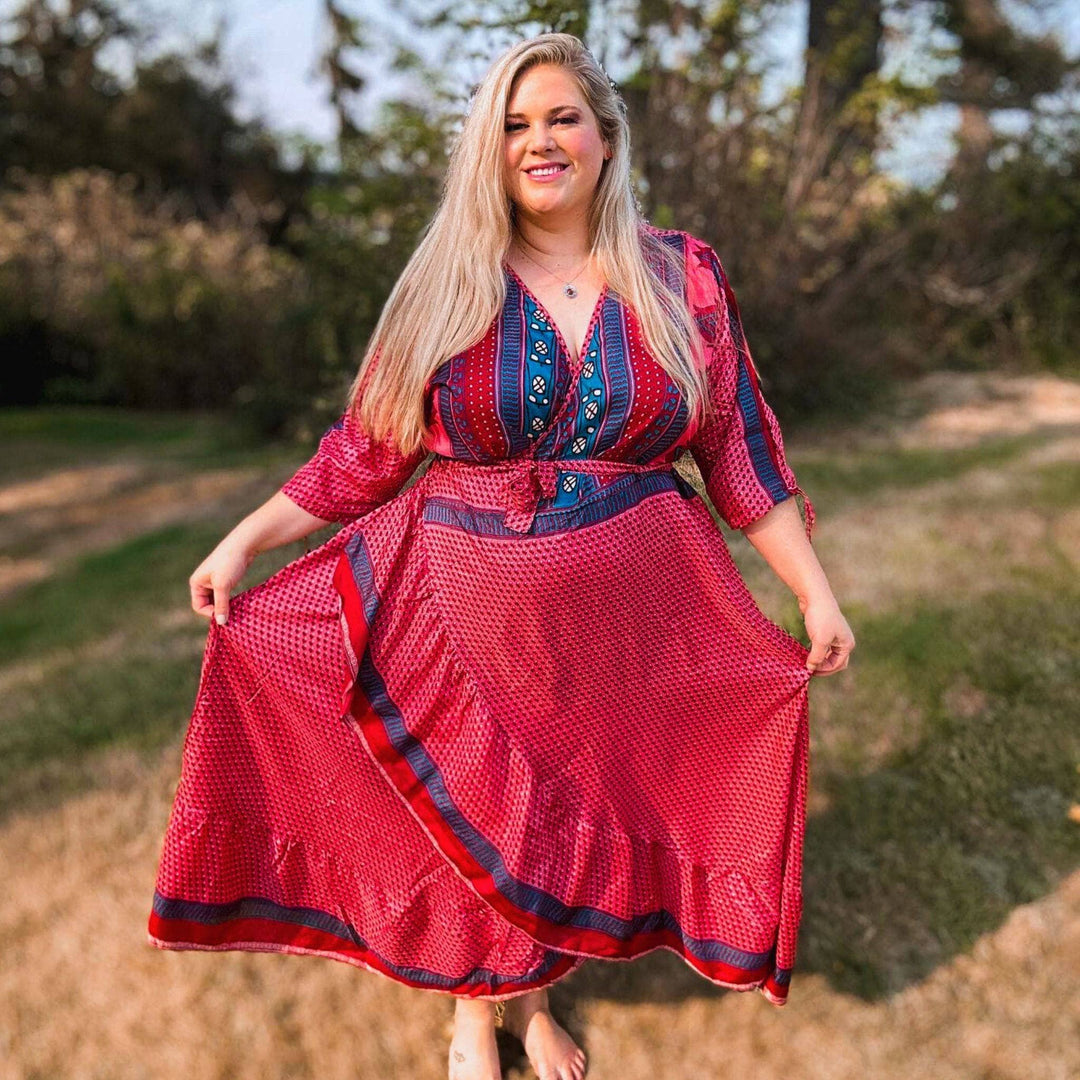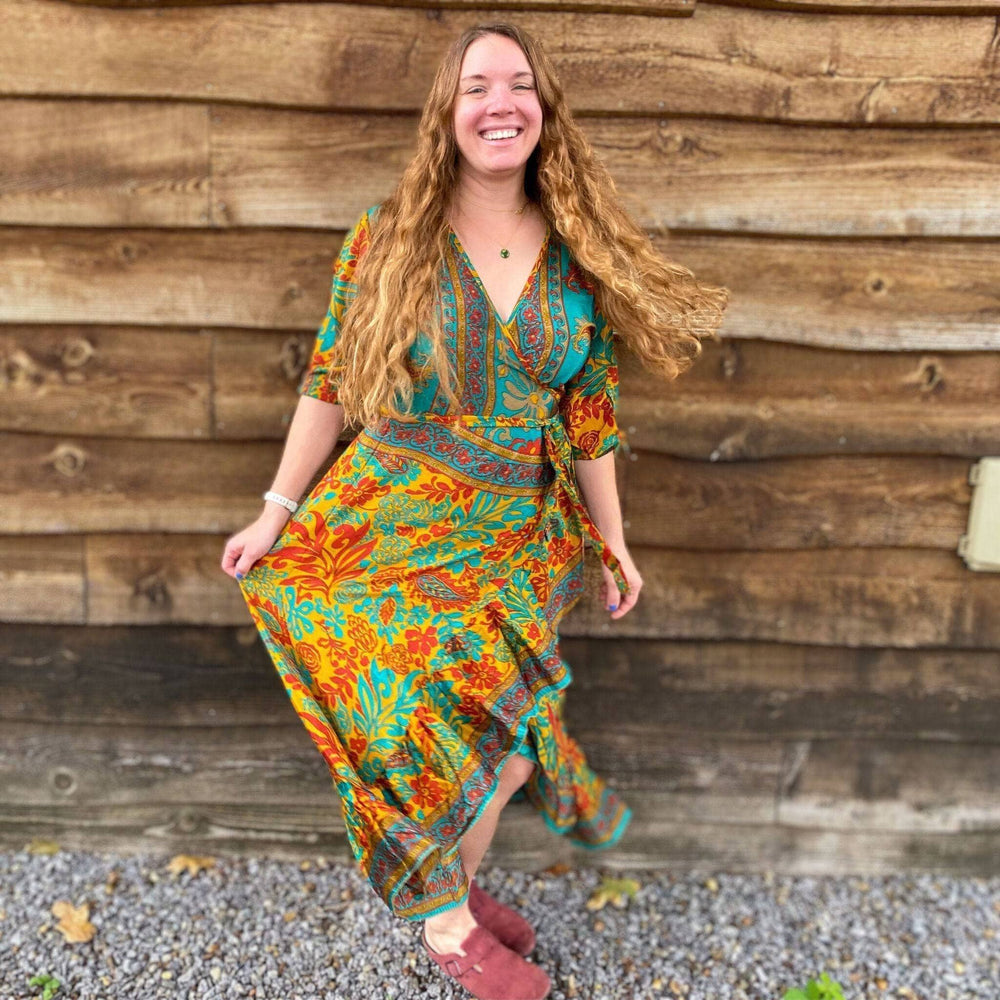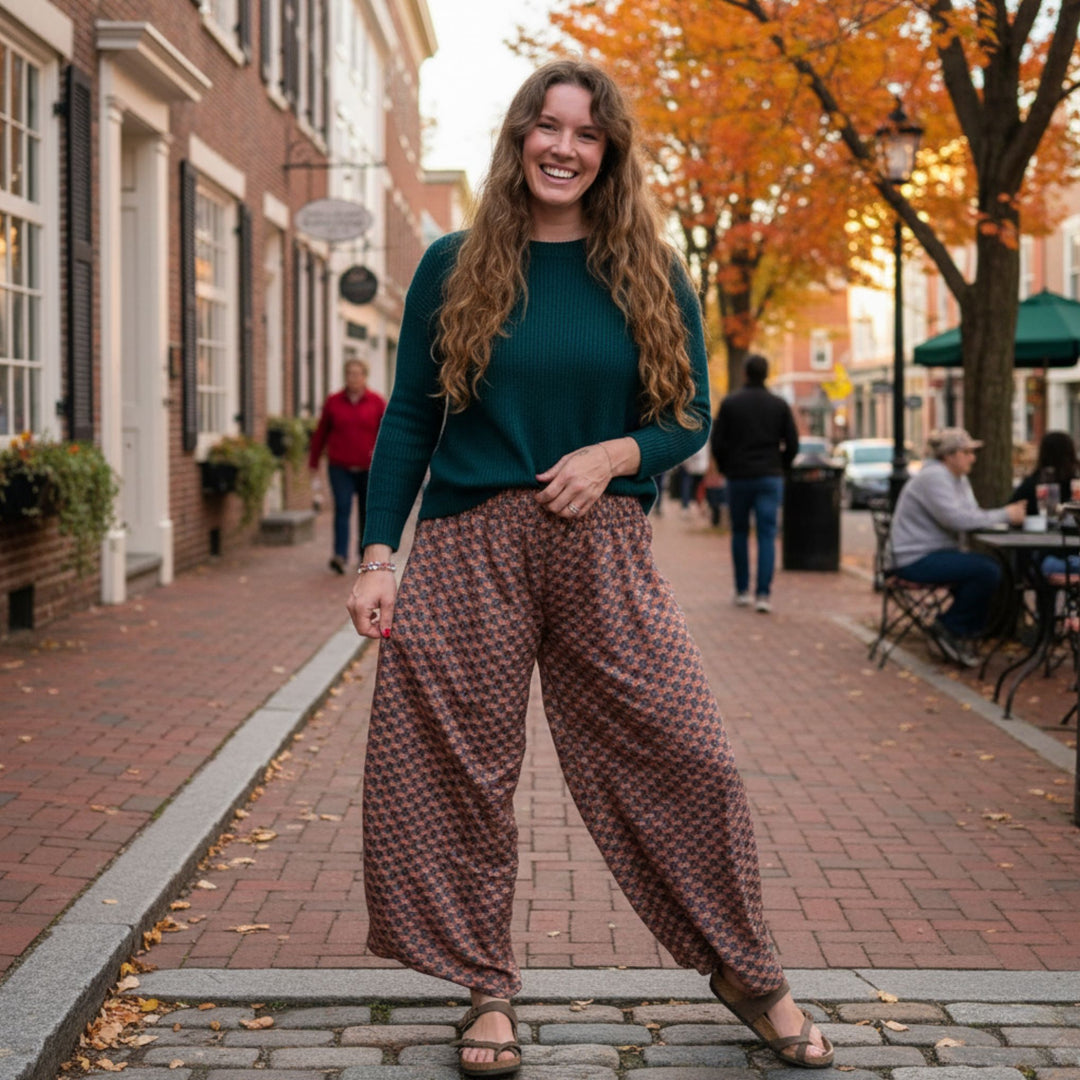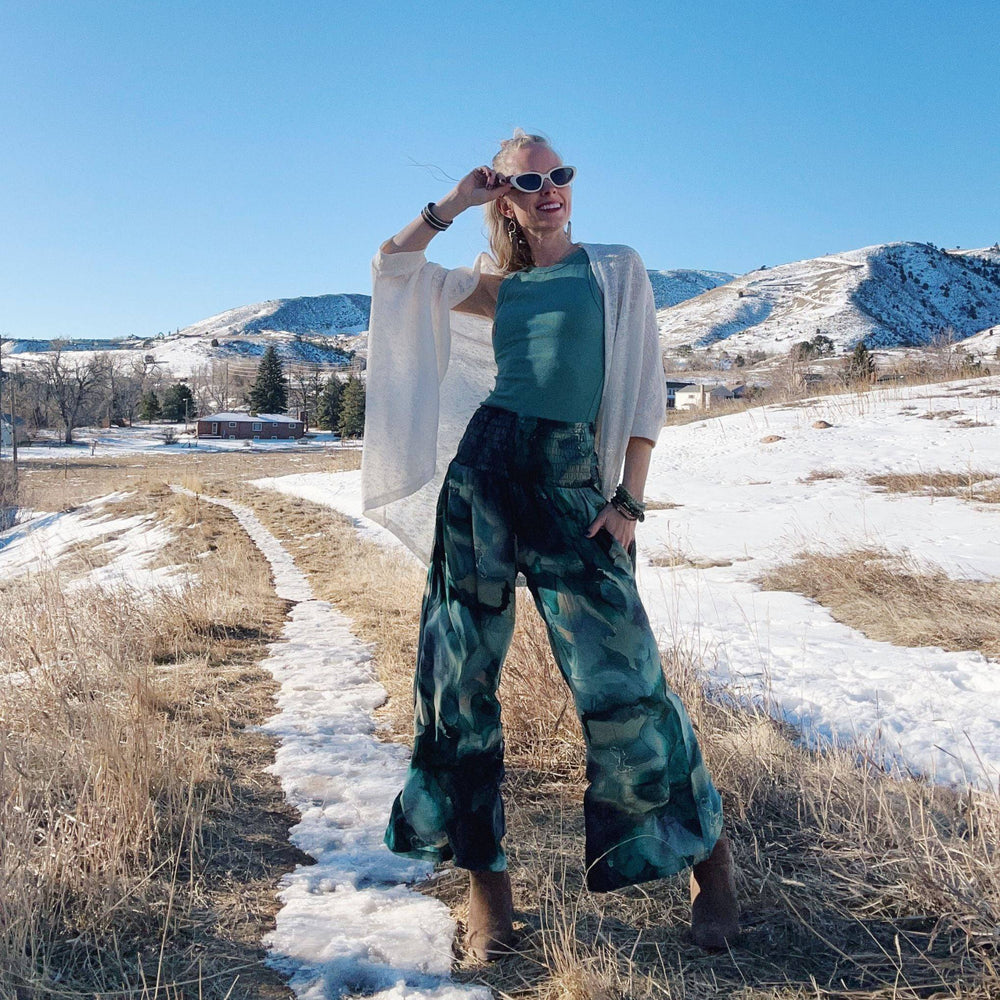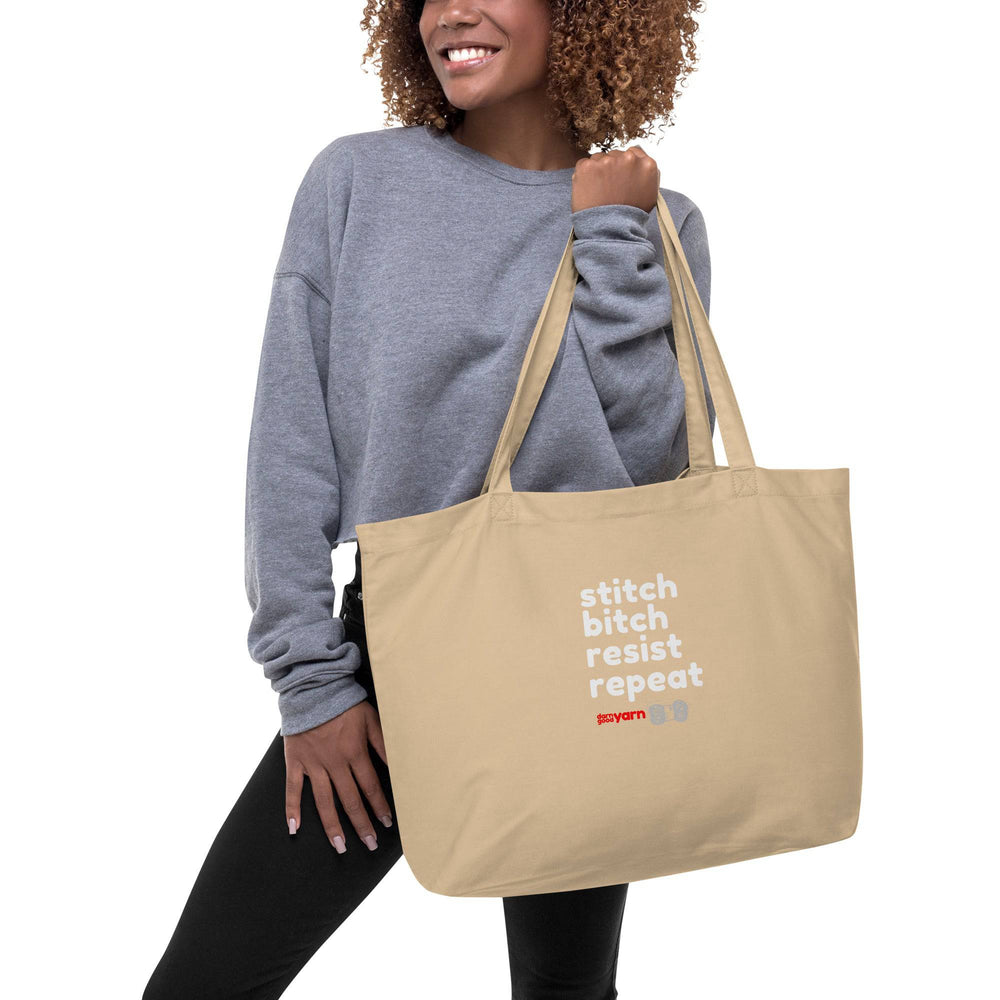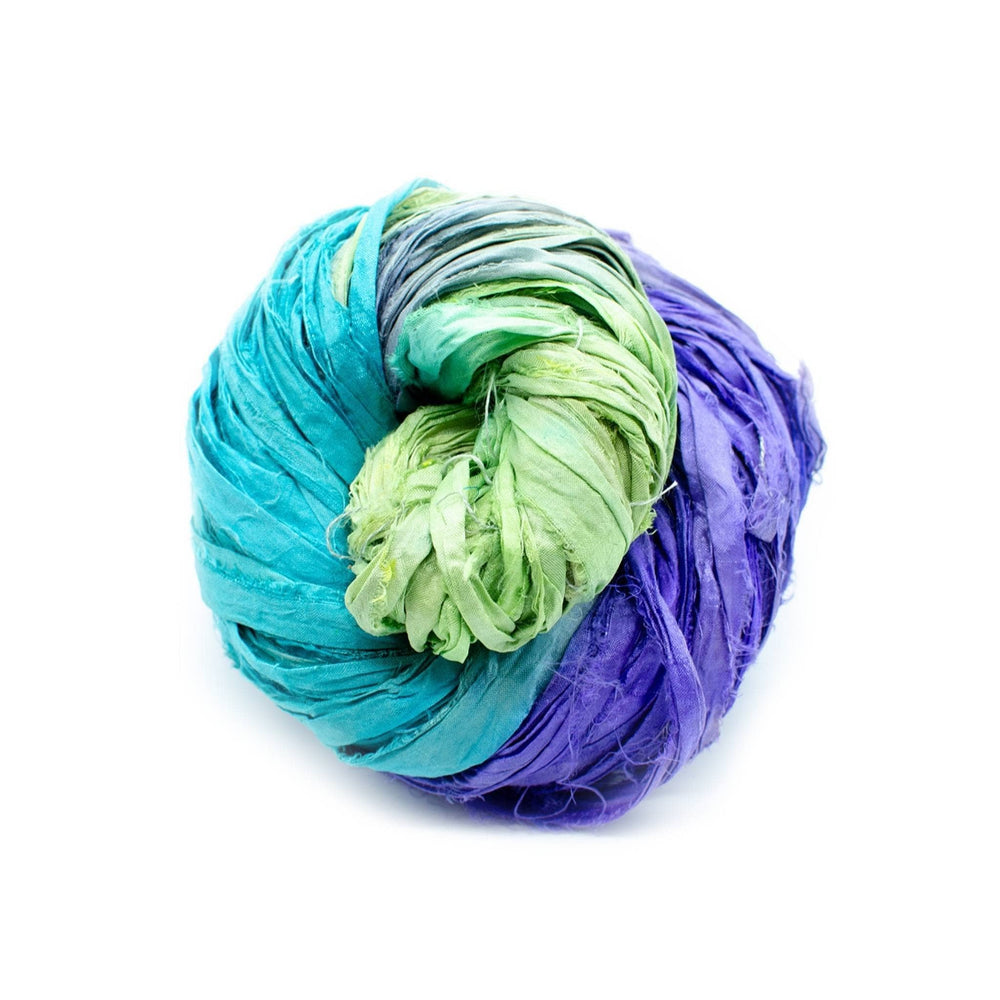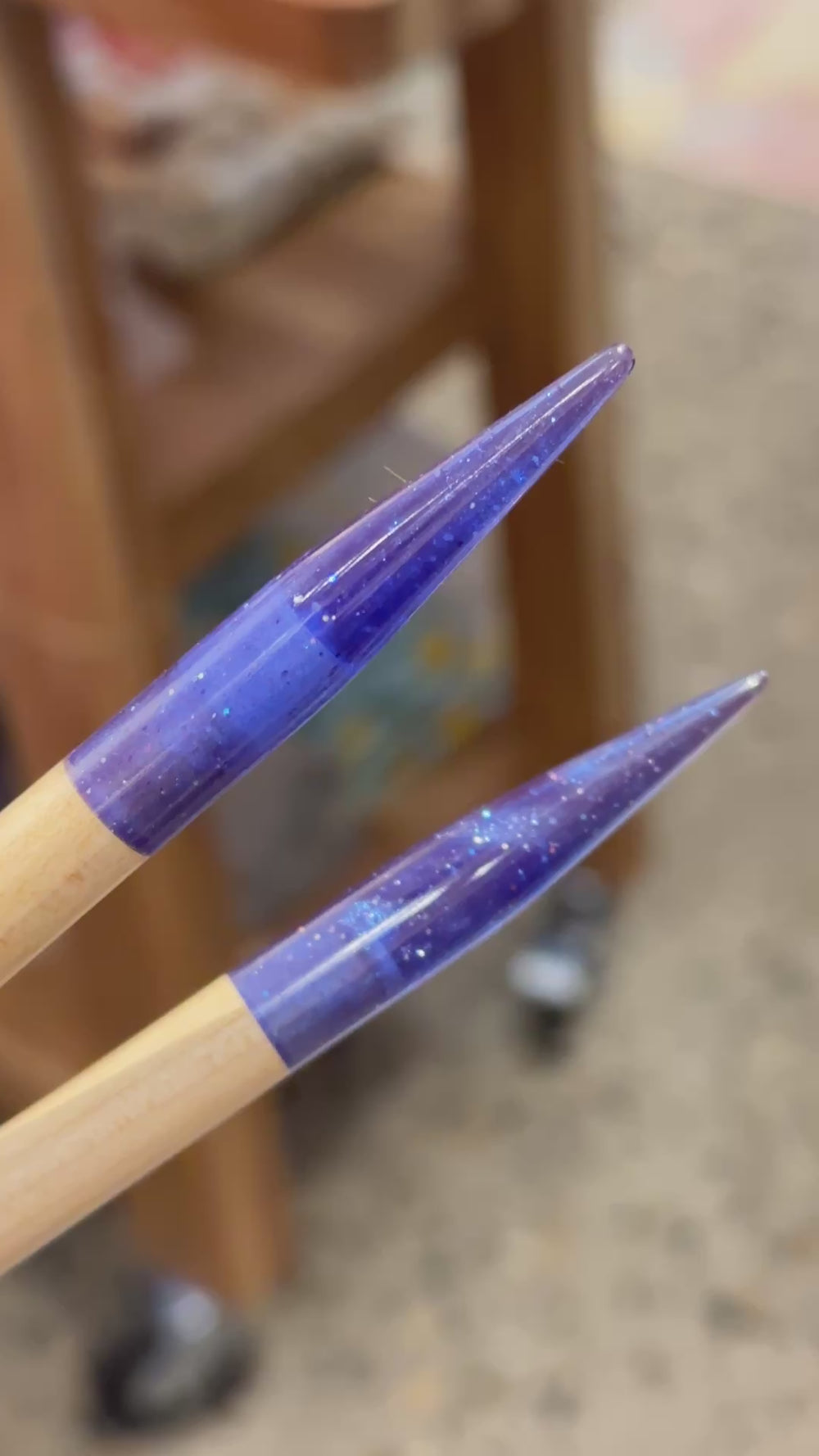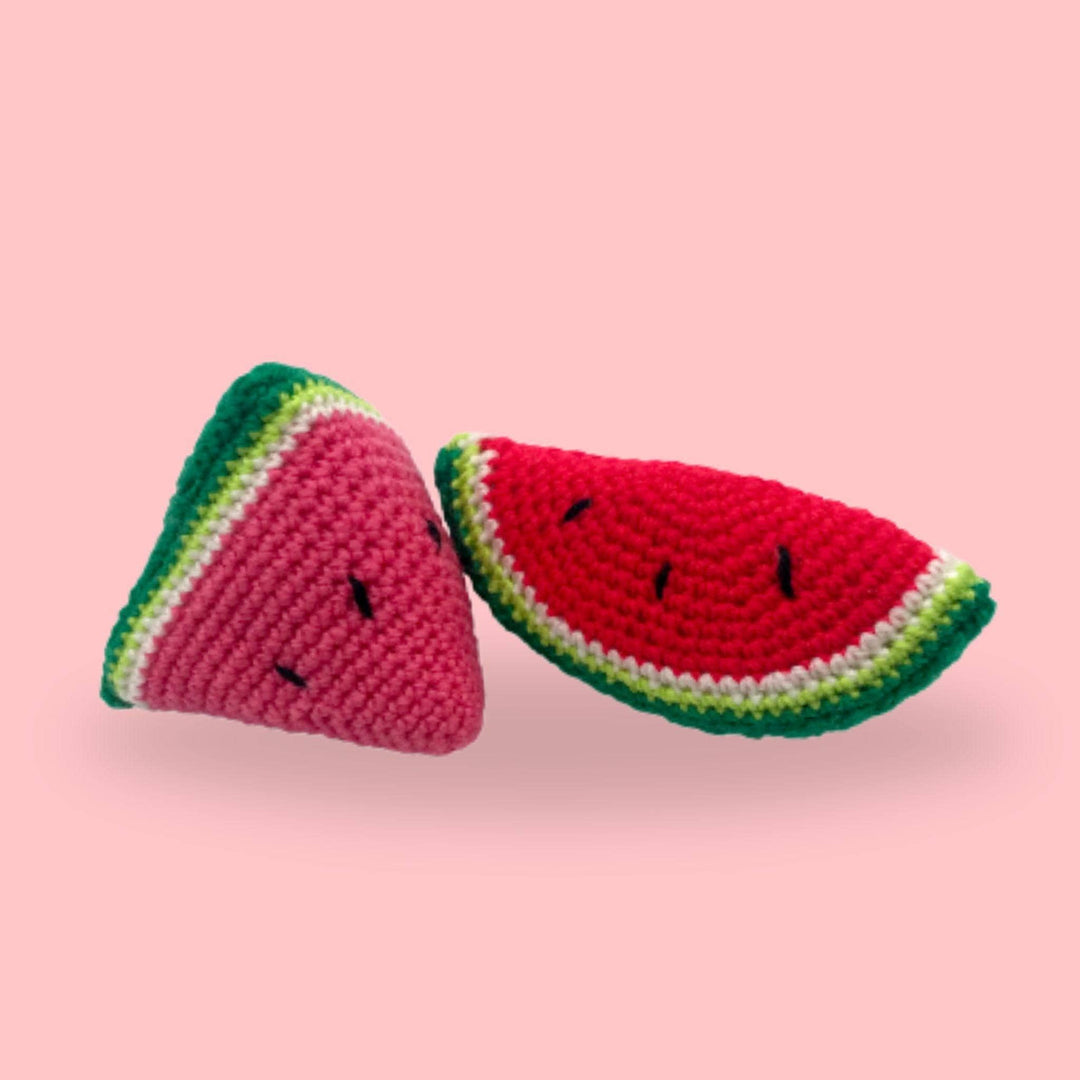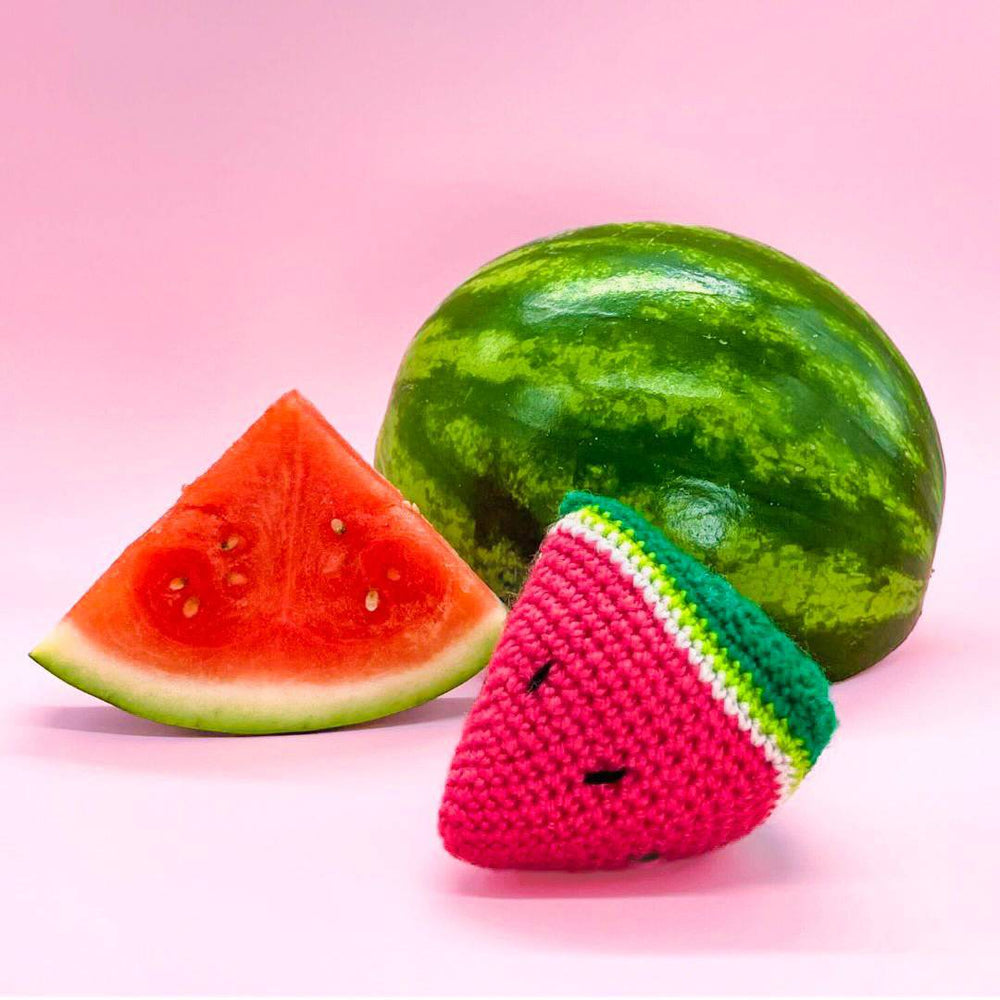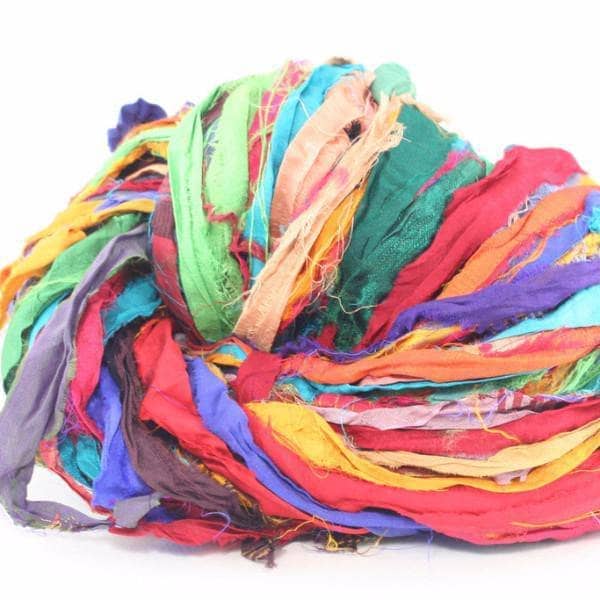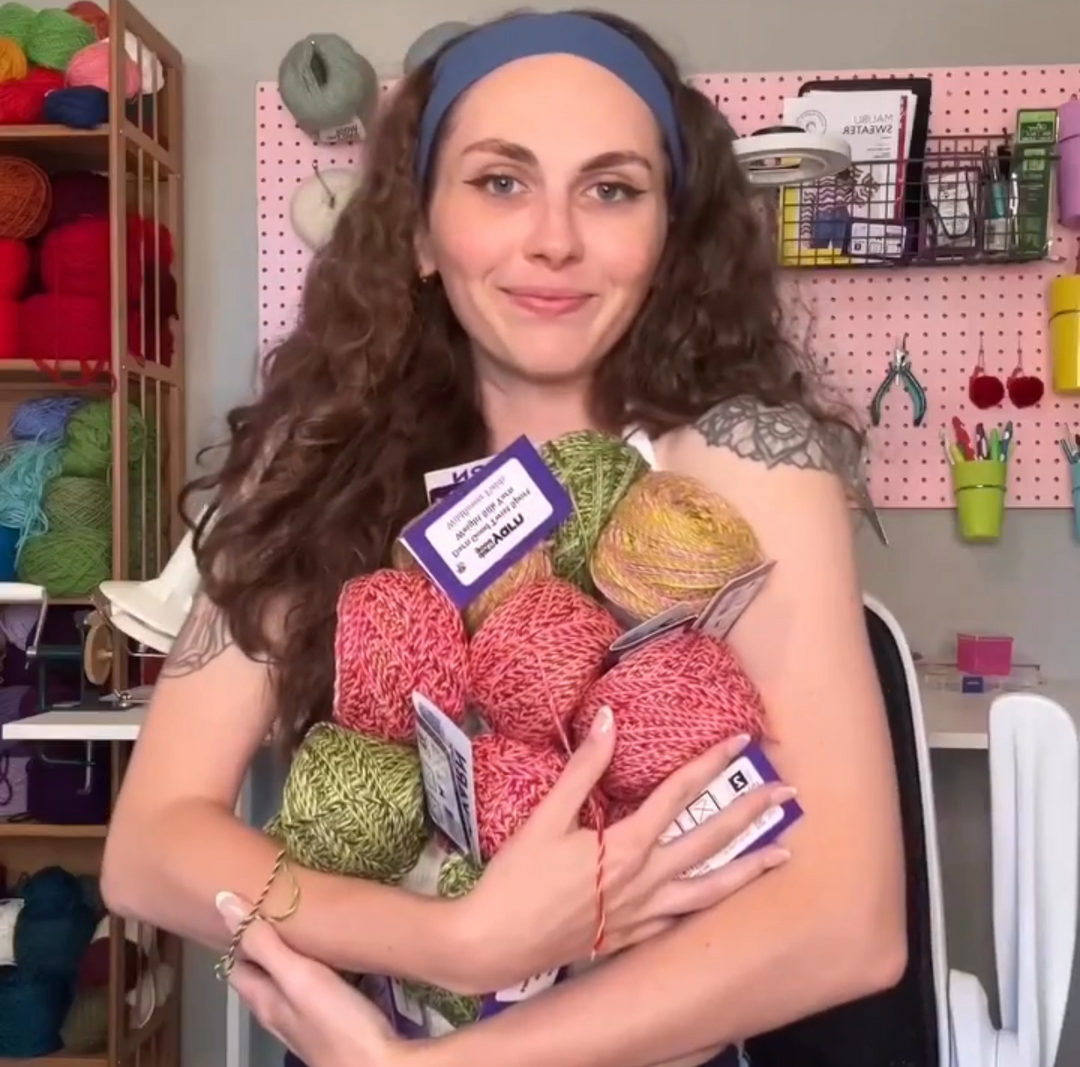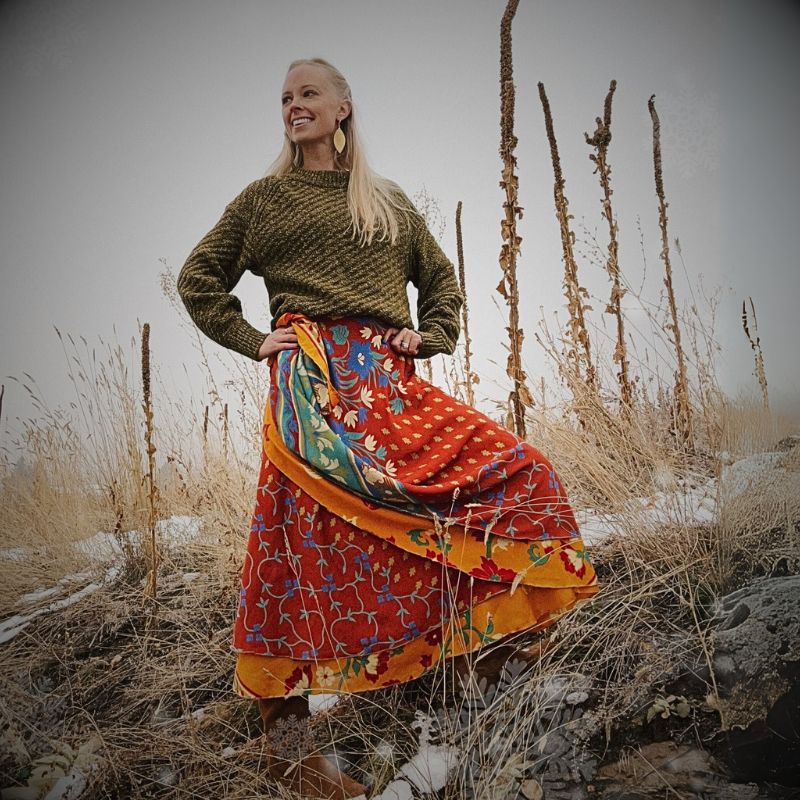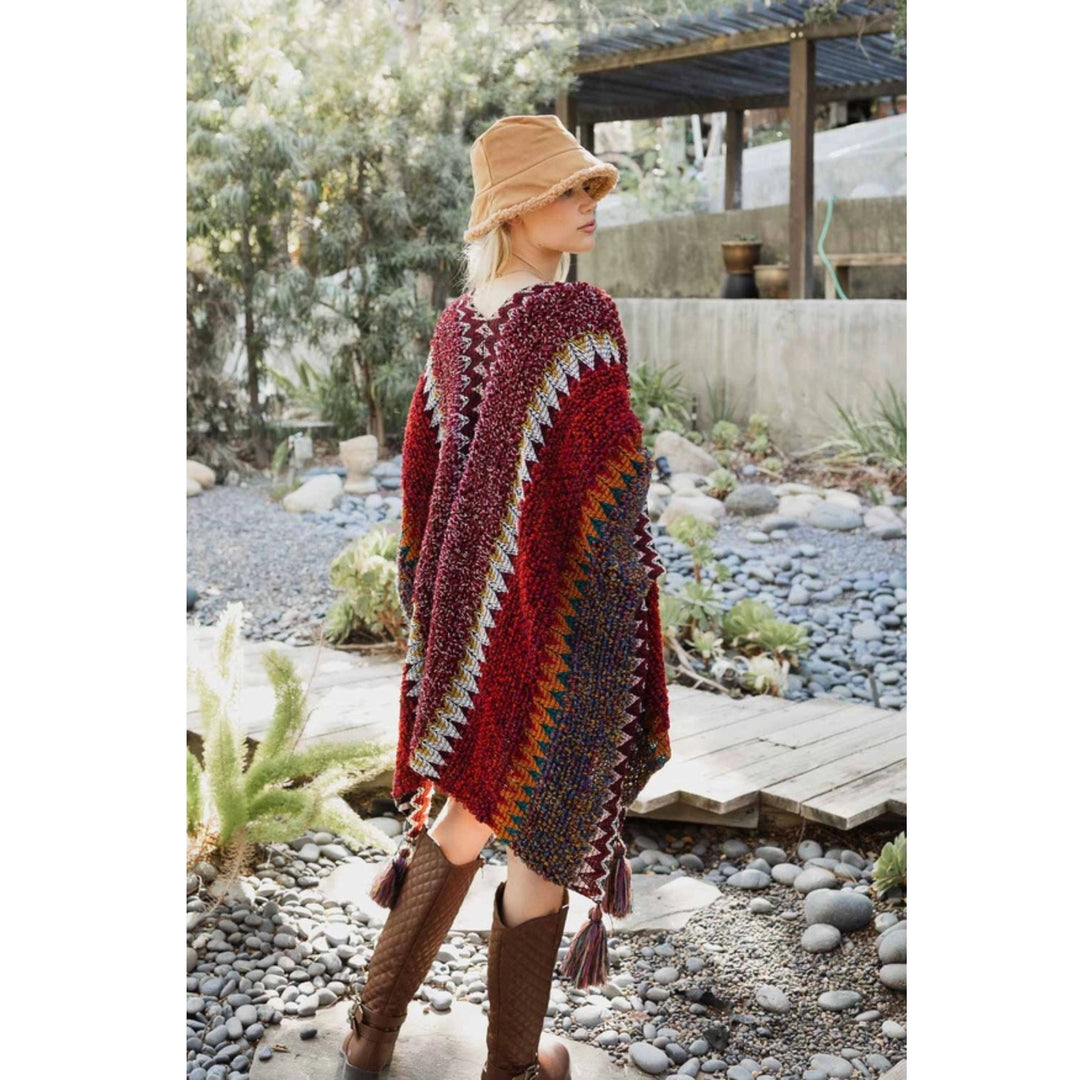Written by Michaela MacBlake Matthews
Have you ever wondered why different creative hobbies feel like entirely different worlds when you’re participating in them? If you have any two creative hobbies, you’ve probably noticed that they feel separate from each other, despite being in the same general category of creativity. You may even have different sets of ideas and inspirations for each of them!The reason for this lives in mind-mapping, or categorizing sensory information between different processing zones, and it’s really darn cool to unravel. Today, we’re going to be taking a look at different types of creative processes, cross checked against NLP! But first…
What is NLP?
Neurolinguistic Programming is a ‘behavioral technology’ that studies and assesses how emotions and thoughts connect to the language of the body and the mind, often unconsciously. In simpler terms, it is a method for mapping out how sensory information is processed and used by an individual, to create a landscape for how they store data about the world around them.
The zones of processing are: Visual, Audio, Kinesthetic (tactile), Smell, Taste, and Analog Digital (data and self-talk).
Each of these zones tends to hold a different aspect of who we are, and a different perspective style of how we process information. Some people may strongly associate color with emotion, or functionality with sound, for example.
This is essentially the nature of why some people need to work in silence, while others perform better with background music. If your processing style for work is very audio-based, you’ll need to be able to ‘hear yourself think’, while others may be more concerned with the visual structure of the environment, and be more clutter-sensitive.

How Does NLP Affect Creative Practices?
There are two primary ways that creativity impacts the mind-body state of being: by busying your strongest zones, or by exercising your weaker zones.
Mindful Creation
When you employ a creative practice that uses your strongest processing zones, it gives your mind a chance to develop a deeper understanding of what is already in your mind, and sift through your thoughts in a focused way.
(For example, as a visual person, painting gives me a clear, devoted space to sort through the things I’ve seen recently, and solidify where I stand in my own life.)Creating in your preferred zone is a way of taking care of what you have, and developing comfort in your natural essence.
Balancing Creation
On the contrary, when you employ a creative practice that is not in your preferred zone, you begin to expand yourself, often calling your attention to subconscious thoughts, and opening up your mind to reframe your perspective.
Being creative outside of your comfort zone can be a great way to find a fresh take on stale problems, and to make your life feel larger and more fulfilling, especially when you find yourself focusing heavily on one processing style for work.
This is also why highly creative people tend to seek out jobs or start businesses that keep them juggling varied tasks. The more creative a person is, the more they crave the exploration of different processing styles, and aim to combine them in different ways.
How Can You Explore Different Processing Styles?
Everything you do, from work to play, uses some form of processing to be completed. Most things do use more than one! However, creative hobbies each tend to have their own inevitable zones, as listed below:

Knitting, Embroidery and Crochet
These crafts are primarily kinesthetic, due to the repetitive movements and maneuvers. As the patterns become more complex, they also lean on analog-digital, or inner-narrative for planning and procedure. As color is added into the projects, fiber arts begin to shift more toward visual processing. This is why most fiber crafts tend toward complex weaving patterns or color patterns, it is very challenging to run both processes at the same time!

Painting and Drawing
These crafts are almost entirely visual, with a slight kinesthetic component. For most 2D arts, there is a limited amount of skill to master regarding brushwork and dexterity, and once an artist has reached a comfortable level with their motor function, the practice becomes almost entirely about the substance and structure of the image itself.

Sculpting and Smithing
In 3D arts, the primary focus is on analog-digital, the planning element, and is supported by the kinesthetic moving and shaping of materials, then checked by visual processing along the way. Although it is possible to make a simple structure and then add extensive texture or a detailed paint job, the practice of sculpting a complex form often requires a lot of foresight, and self-talk about how to begin and proceed.

Dancing
Movement and performance arts are a marriage between audio and kinesthetic movement. In choreography that mimics or echoes the lyrics, there can be an added layer of analog-digital as well. Interestingly, the creation of dance moves is also visual in nature, but beyond the initial practice, the act of dancing itself is not.
(If you love to dance by a mirror, but don’t feel comfortable without one, you may be a visual thinker.)

Playing Music and Singing
Musical arts, like dancing, are also very audio/kinesthetic, and generally are not visual unless there is a component of showmanship onstage. However, playing instruments and singing professionally also carry a more intensive component of analog digital processing while learning, especially when it comes to sheet music and breath control.

Building, Carving, and Woodworking
Trade skills lean more toward engineering, and rely heavily on analog-digital processing, especially in the form of mathematics and measurement. In these crafts, a visual idea may seed the process, and come back for checkpoints, but procedure typically leads the way, with kinesthetic following through as the project unfolds.

Writing Poetry, Stories, and Songs
Writing skills are initially a marriage between audio and analog-digital, almost exclusively. However, in great writing, these two processing zones tend to peek over into each of the other internal languages, and in the classic ‘show don’t tell’, they verbally describe each sensory input as needed to build emotional impact, and tell a story.

Cooking and Candle Making
These crafts are the odd ones on the list, because unlike the others, they primarily work with flavors and/or scents. Their runner-up process is analog-digital, most often in the recipes used (if any), and they are often plated, polished, or presented with a little visual flare. Or… the cherry on top.

Homemaking and Interior Design
Lastly, one extremely creative hobby that is often left off of the list, is homemaking. This skill takes the visual, the spatial and tactile aspects of kinesthetic, the functionality of analog digital, and even the audio of a home stereo system, or the smell of fresh popcorn on a family movie night, and brings them all together. The home, for all that it is, is a reflection of the human mind and our own processing styles, interwoven and operating in harmony!
There’s no place like the subconscious… except for home.
Which of these processing styles come naturally to you? Which of them are most challenging? You may just find that certain zones help you calm down, while others help you perk up and get motivated. Wherever your mind map lights up, there is always a practice out there to explore further, and to help get the gears turning!

"Mac" is on the Lifestyle Team here at Darn Good Yarn, and loves taking a ‘teach a man to fish’ approach to creative therapy. She is certified in neuro-linguistic programming, and is also the surreal artist and author behind Surrealismac.
 Rewards
Rewards




